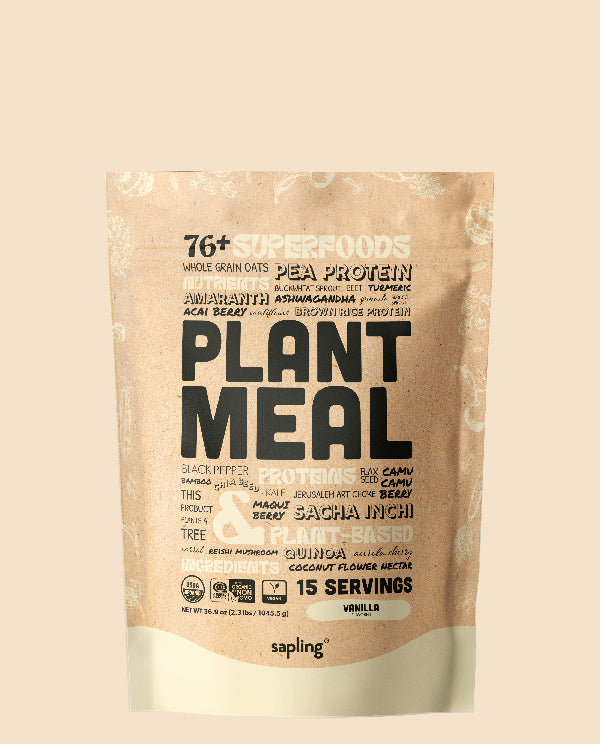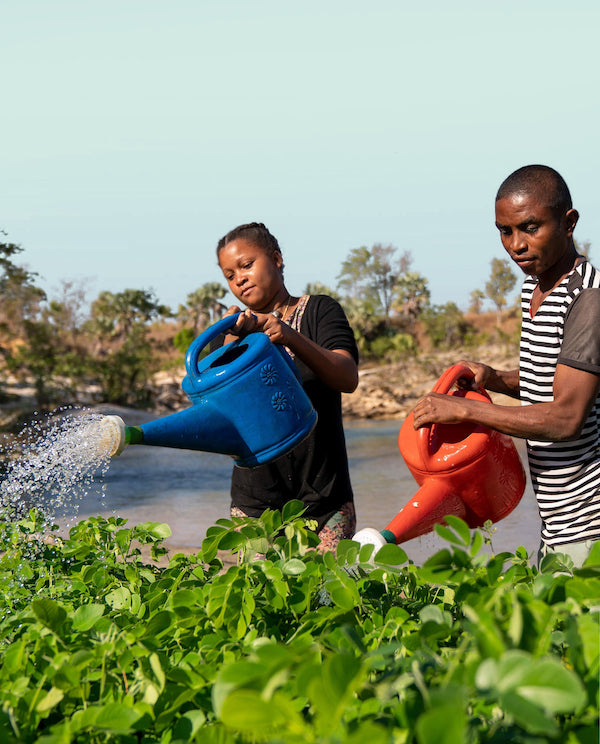By going Plastic Negative with rePurpose Global, we are dedicating a percentage of each product we sell to fund the removal and recycling of twice as much plastic waste from nature as we use in our packaging. Under our Plastic Negative Certification, all of our products will carry a negative plastic footprint.
Through our partnership with rePurpose Global, we are supporting Taka Taka Solutions in Kenya to employ and empower marginalized waste workers to ethically reclaim and dispose of low-value plastic waste. This is plastic that would otherwise be landfilled, burned, or flushed into waterways and oceans.






